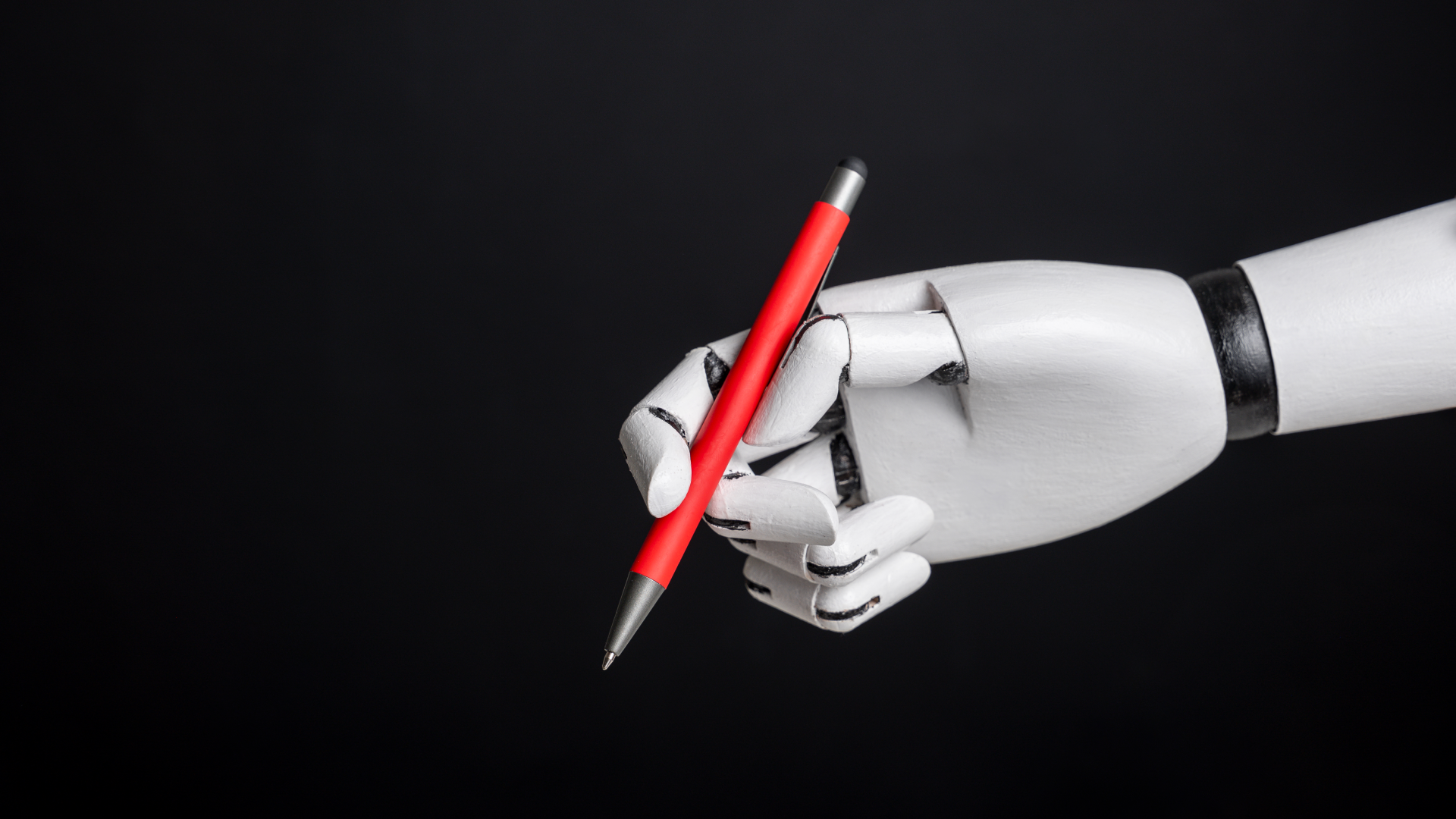
Nvidia has acknowledged that AI models typically lack what it calls “common sense.” This might not come as a surprise to many, given past instances where AI suggested absurdities, like adding glue to pizza sauce for extra stickiness. To address this, Nvidia is engaging human tutors to guide these models toward a better understanding of the real world.
A blog post from Nvidia outlines the steps being taken to teach its AI models, specifically through a team that includes analysts with diverse backgrounds such as bioengineering and linguistics. They are developing data units to help guide the AI, particularly focusing on a model named Cosmos Reason, which aims to enhance physical AI capabilities in various applications, including robotics and autonomous vehicles.
With a focus on practical reasoning and inference in complex scenarios, Nvidia aims to bridge the gap between AI logic and intuitive human understanding. As noted by Nvidia research scientist Yin Cui, the absence of basic physical knowledge in AI can lead to critical failures, such as robots causing accidents in environments shared with humans.
By incorporating structured testing methods that resemble educational assessments, Nvidia hopes that iterative learning will instill better reasoning abilities in its AI systems.
